Looking at Meeting in Japan? Consider Yokohama and Matsue

In late February, I had the opportunity to tour a little bit of Japan on the “Meet Japan” trip hosted by Japan National Tourism Organization. In addition to Tokyo Marunouchi, I visited Yokohoma and Matsue. The two cities couldn’t be more different, aside from the fact that both offer subsidies for groups of a certain size bringing international visitors to Japan. Seeing them both helped paint a larger picture of the diversity and unique culture, traditions and venues available within this fascinating country.
Yokohama
A mere 40 minutes by bus, train or car from central Tokyo, and less than 20 minutes from Haneda by bus, Yokohama is a cosmopolitan port city with a modern infrastructure and 3.7 million residents. When cruise ships pull into Tokyo Bay, Yokohama is where they dock. The port dates back to the Japan and US Treaty of Peace and Amity signed in the mid 1800s that opened Japan to American trade. Now, the city brands itself as Japan’s first port of call.
Facility, accommodation and tour assistance can be obtained through the Yokohama Convention and Visitors Bureau or via JNTO.
PACIFICO Yokohama
 One of the largest convention complexes in the world, PACIFICO Yokohama can host meetings, incentives, conventions and exhibitions.
One of the largest convention complexes in the world, PACIFICO Yokohama can host meetings, incentives, conventions and exhibitions.
The PACIFICO Exhibition Hall has 65,000 square feet of column-free space that can be divided into four sections. The attached Annex Hall provides an additional 4,400 square feet, divisible into form six rooms surrounded by a foyer, with an open terrace on one end. And the Conference Center contains 50 meeting rooms to use for sessions, offices or any other meeting needs.
Visitors to the PACIFICO National Convention Hall are greeted by a stained glass window depicting constellation mythology scenes, in the same blue and gold colors seen throughout the building. For convention general sessions, ceremonies and concerts, the National Convention Hall can seat up to 5,000 attendees in a built-in tiered theater with classroom-style seats that include a fold-out writing surface. The glass-fronted seaside lobby offers an outdoor deck with stunning views of Yokohama Bay.
PACIFICO Yokohama is adding a new building, connected to the Exhibition and Annex Halls by walkways, which will be called PACIFICO North. Due to open in Spring 2020, PACIFICO North will add another 154,000 square feet to the complex. It will include one of Japan’s largest multi-purpose halls, able to hold up to 6,000 attendees with a theater-style set, 2,300 for banquets or up to 5,000 for receptions. This space will be divisible into six sections.
The second, third and fourth floors will contain another 27 meeting rooms. A new 146-room hotel adjacent to the complex is slated to open in Summer 2020.
InterContinental Yokohama Grand
Designed to look like a ship from a distance, the 594-room InterContinental Yokohama Grand continues the 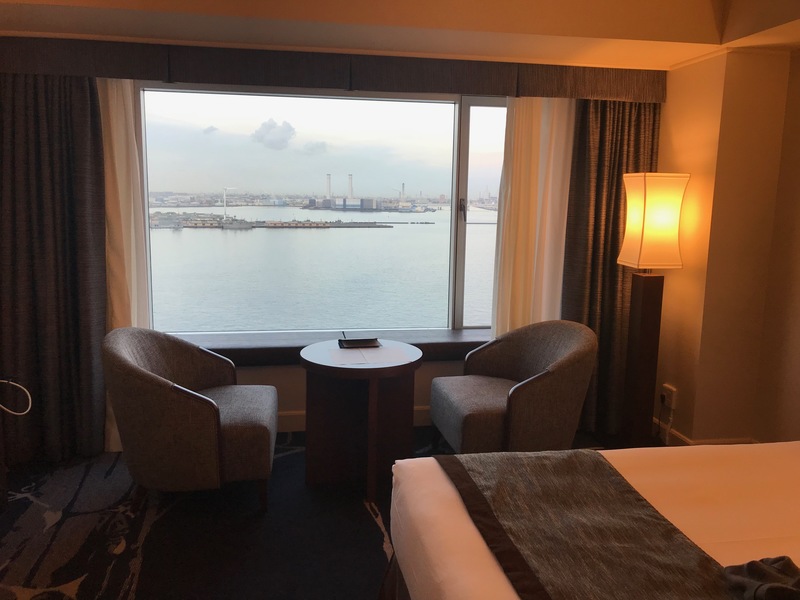 ocean theme reflected by the PACIFICO buildings and provides 15 meeting rooms and eight dining options. Guest rooms offer either a bay view or a view of the nearby urban amusement park with its iconic giant ferris wheel.
ocean theme reflected by the PACIFICO buildings and provides 15 meeting rooms and eight dining options. Guest rooms offer either a bay view or a view of the nearby urban amusement park with its iconic giant ferris wheel.
The InterContinental includes a spa and fitness center. Dining options include French, Chinese, Italian, Japanese and the Pier 21 floating restaurant, with views of Yokohama Port and the Bay Bridge.
Guests wishing to see a little more of the local area can catch Le Grand Bleu, the first cruise boat exclusively operated for a hotel in the Tokyo metropolitan area. Excursions around the Yokohama Minato Mirai canal show off the ferris wheel, the Nippon Maru sailing ship, Osanbashi Terminal and the Red Brick Warehouse, a historical building that now contains a shopping mall, banquet hall and more event venues.
Yokohama Royal Park Hotel
 Situated on the top floors (52 to 67) of Landmark Tower Yokohama, Royal Park Hotel contains 603 guest rooms with spectacular views of the surrounding countryside. On a clear day, Mt. Fuji is visible, and we were lucky enough to see the iconic peak. The hotel contains 12 meeting rooms, ranging in size from 13,700 to the 51,000-sq.-ft. Hoh-Shoh ballroom, the largest in Yokohama.
Situated on the top floors (52 to 67) of Landmark Tower Yokohama, Royal Park Hotel contains 603 guest rooms with spectacular views of the surrounding countryside. On a clear day, Mt. Fuji is visible, and we were lucky enough to see the iconic peak. The hotel contains 12 meeting rooms, ranging in size from 13,700 to the 51,000-sq.-ft. Hoh-Shoh ballroom, the largest in Yokohama.
On-property restaurants specialize in an array of cuisines, including Chinese, French, Japanese and teppanyaki. The Royal Park also contains a fitness center with a pool, an aromatherapy spa, a cake shop, florist, barber, photo studio and a room for daily tea ceremonies.
Sightseeing and Dining
Even though our group was only there for one day and one night, two of the standout meals of the trip were in Yokohama.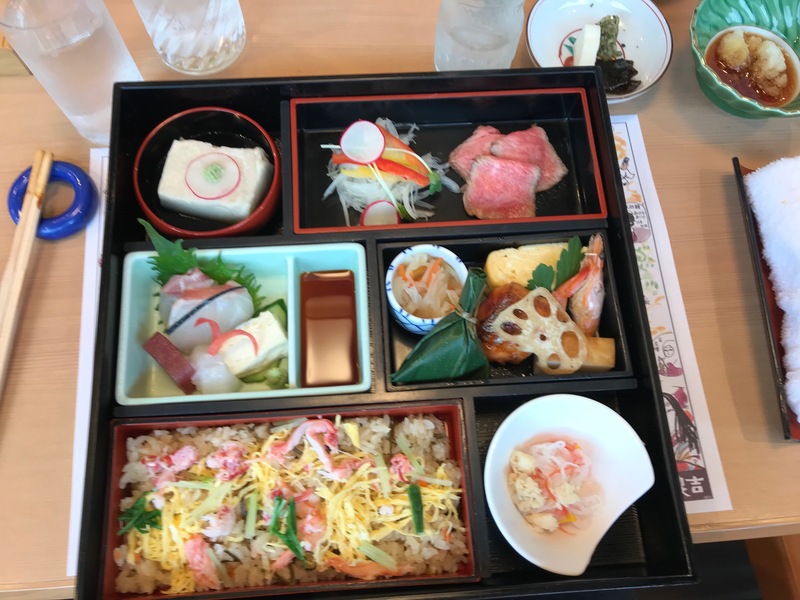
Minokichi is located in the Yokohama Landmark Plaza shopping mall, which is connected to the Landmark Tower. The mall’s five levels of shops and restaurants include some intriguing storefronts. A Moomin Café, based on the Tove Janssen series that I read over and over as a kid, proved to one of a chain where guests can dine with oversized stuffed dolls made to resemble the various characters. “Mrs. Elizabeth Muffin” offered 36 flavors of American muffins (unfortunately, I didn’t have enough time to see what those flavors might be).
Minokichi serves Kyoto-style kaiseki, which consists of 6 to 8 beautifully presented small dishes. Our “set” included sushi, sashimi, wagyu beef carpaccio, rice with shredded crab, boiled vegetables, tamago (cooked sushi-style egg) and a soft tofu.
I was also able to have my first chu-hai of the trip at this meal. Chu-hai is a popular alcoholic beverage that combines club soda or sparkling water with fruit juice (most commonly lemon) and shochu, a distilled beverage that can be made from rice, barley, sweet potato or any number of other base ingredients. (Chu-hai is bottled or canned as “Chu-hi,” with a wider variety of flavors available — a number of which came home in my suitcase!)
 International Cuisine Subzero is a fine dining restaurant located in the Osanbashi Yokohama International Passenger Terminal, where cruise ships dock — which is a sightseeing destination all on its own. Built to look and feel like a giant wooden ship, the wide outdoor “deck” areas look onto the bay and the Minato Mirai (Yokohama’s central business district) skyline with its lit-up ferris wheel.
International Cuisine Subzero is a fine dining restaurant located in the Osanbashi Yokohama International Passenger Terminal, where cruise ships dock — which is a sightseeing destination all on its own. Built to look and feel like a giant wooden ship, the wide outdoor “deck” areas look onto the bay and the Minato Mirai (Yokohama’s central business district) skyline with its lit-up ferris wheel.
The restaurant’s outer edges are enclosed in glass, making it feel like you are dining on a floating platform. The standouts of our multi-course dinner included sous-vide scallops, cannelloni in two different sauces, crispy bream and a selection of strawberry-flavored desserts (Japanese strawberries are sweeter and juicier than most of the berries I’ve had in America, even in season in California).
While we did not dine there, we experienced a tea ceremony at Sankeien Garden. Sankeien s a traditional Japanese garden created by a wealthy businessman in the early 1900s. He recreated famous buildings from cities including Kyoto and Kamakura and placed them throughout the grounds.
Sankeien offers a lovely scenic escape from the bustle of the city, and is a popular spot for wedding couples to have photos taken. We came across one such happy couple, dressed in traditional garb.
Tea ceremonies are offered within the café. The ritual of making and drinking matcha tea and eating the small sweets (which balance any bitterness from the tea) stretches back more than 1,000 years, and was originally only performed within temples.
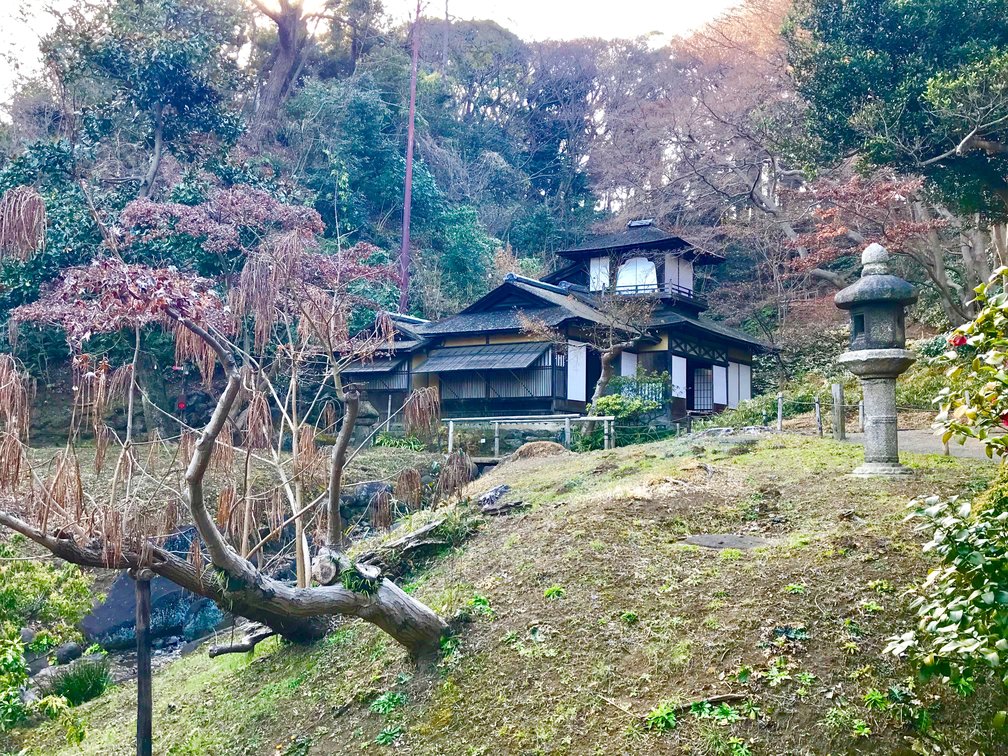
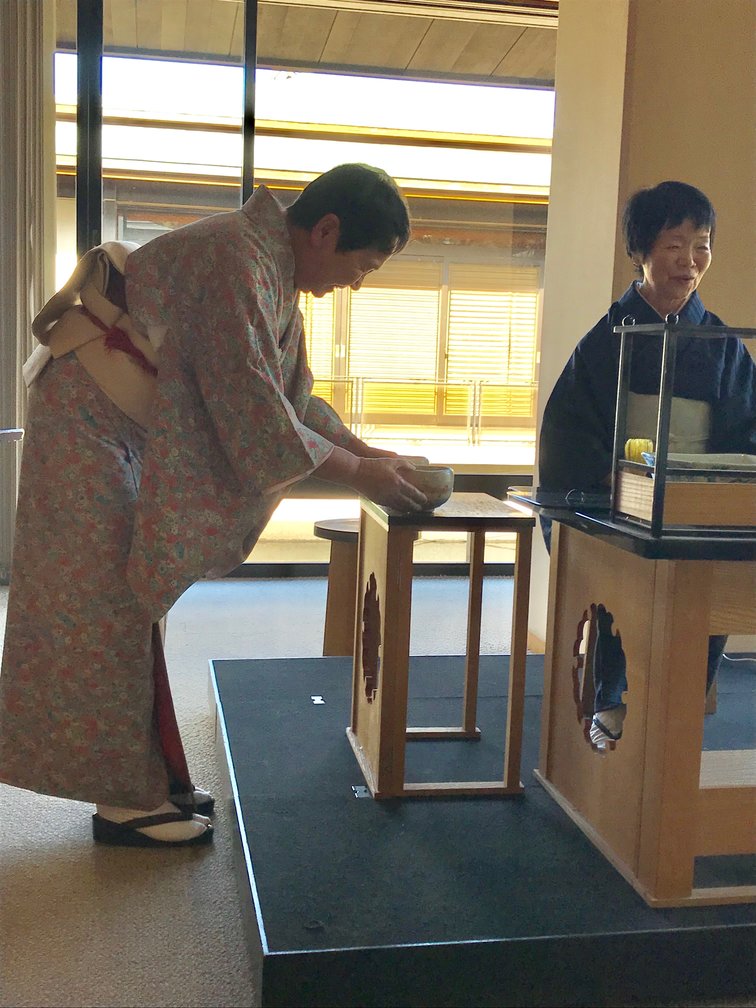
Matsue
Located on the northwest coast, Matsue, known as the City of Water due to its proximity to the Sea of Japan and the brackish Lake Shinji, offers a quieter alternative for groups of up to 5,000 attendees. Matsue is the capital of Shimane Prefecture, the second least populous region in Japan. Approximately 600,000 people live in the prefecture, but only one-third of those live in Matsue and its neighboring city Izumo.
Facility, accommodation and tour assistance can be obtained through the Matsue Convention Bureau or via JNTO.
Kunibiki Messe & Matsue Excel Hotel Tokyu
Located in the center of Matsue City, the Kunibiki Messe (Shimane Prefectural convention center) contains a 13,100-sq.-ft. divisible exhibition hall that can be used to hold groups of up to 5,000 seated theater style; a 2,250 sq. ft. multi-purpose hall; 510-seat conference hall and 19 meeting rooms. Free Wi-Fi is available throughout the building. The convention center's architecture combines both utilitarian and futuristic design, including a room with panoramic views that can be shown or concealed by automatic shuttering blinds.
A six-minute walk to Kunibiki Messe, Matsue Excel Hotel Tokyu is situated across from JR Matsue Station. While perhaps smaller than the average Westerner is used to, rooms in the 163-room property are cost effective for a host hotel, and rates even include a buffet breakfast.
Special Event Venues and Recommended Activities
A visit to Matsue Castle, one of only 12 remaining castle towers in Japan, gives visitors a true sense of history. It’s is the second-largest, third-tallest and fifth-oldest castle in Japan. Visitors can take an hour-long boat ride around the castle moat, which goes under 16 different bridges — a few are low enough to require the awning to be lowered and all passengers to bend into a position reminiscent of prayer.
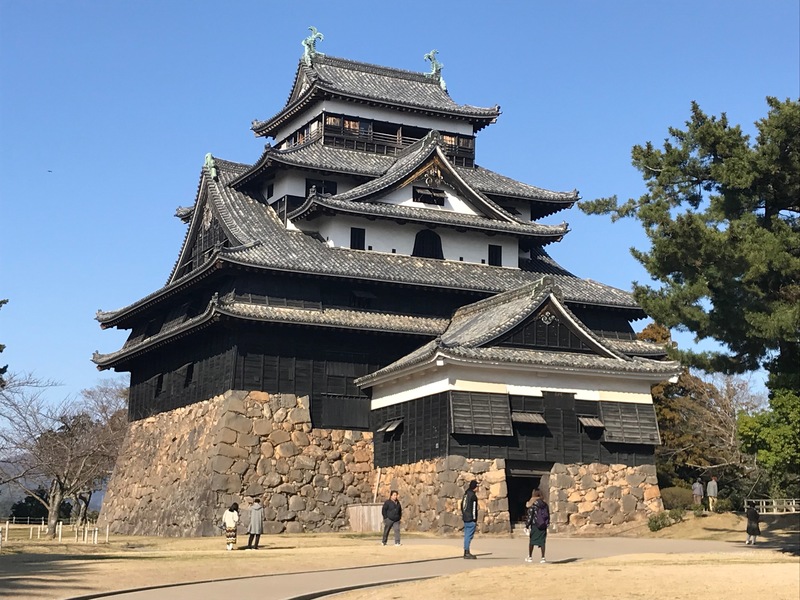 .
. 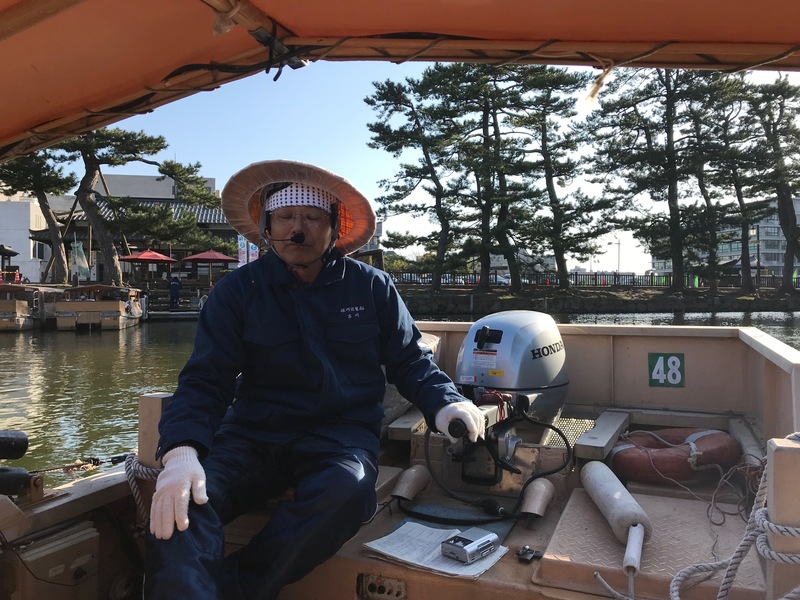
Just 20 minutes away from the Kunibiki Messe by bus, Matsue Vogel Park is a paradise for flower and bird lovers. The park’s multiple greenhouses include a banquet hall laden with colorful flowers that can hold groups of up to 500 people. Visitors can also interact with an astonishing variety of birds, including macaws, owls, pink ibises and even African penguins, which parade around their greenhouse at specified times each day.

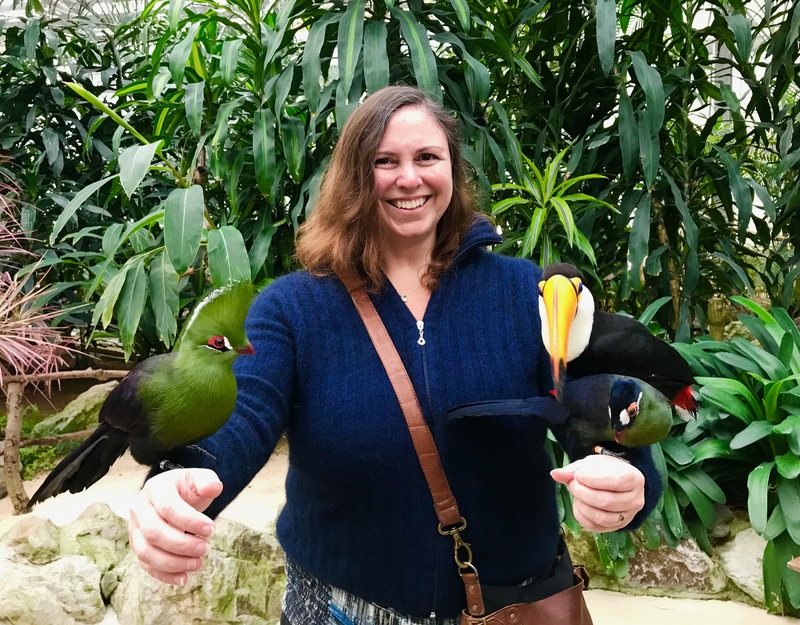

Yuushien Garden, known for its gardens filled with 250 varieties of peonies, and for ginseng, has something in bloom all year ‘round. The garden, located 20 minutes’ drive away (in the opposite direction to Matsue Vogel Park), on Daikonshima Island, has restaurant facilities onsite and can also offer traditional Japanese cuisine catering for events.


The Izumo Taisha shrine (The shrine's shimenara, or sacred rope, pictured above right), located 40 minutes by bus from Matsue City, may well be the oldest shrine in all of Japan. The god Okuninushi is said to have created Japan and ruled Izumo. Today, he is known as the deity of good relationships. Therefore, unlike the typical double-clap performed during Shinto prayers, visitors to Izumo Taisha clap four times — twice for themselves and twice for their partner.
Japan offers a wide range of destinations to accommodate every type of meeting — even meetings of the gods. Izumo Taisha is said to be the annual meeting place for the kami, or Shinto gods — so, in essence, as I was told by our guides, the first convention destination in Japan. (How appropriate!) The gods are said to still convene there every year for a month-long period that starts mid-November.
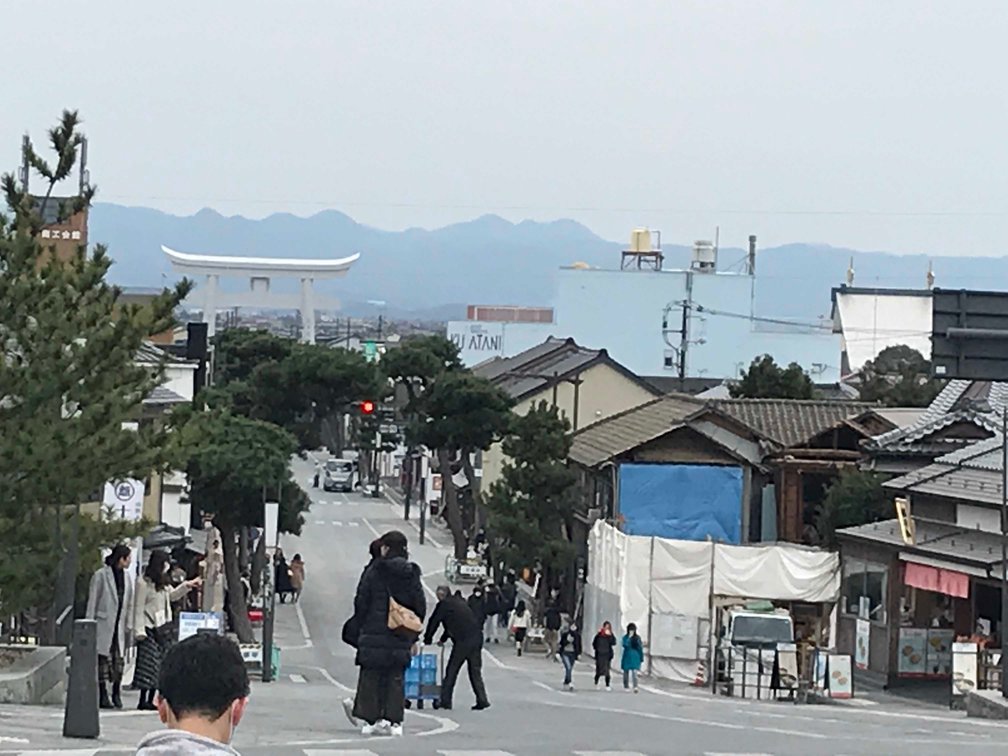
Whether you opt for a city with state-of-the-art convention facilities such as Tokyo, Yokohama or Osaka or an area rich in tradition like Matsue, meeting in Japan is sure to provide a unique, memorable experiences that your attendees will treasure.


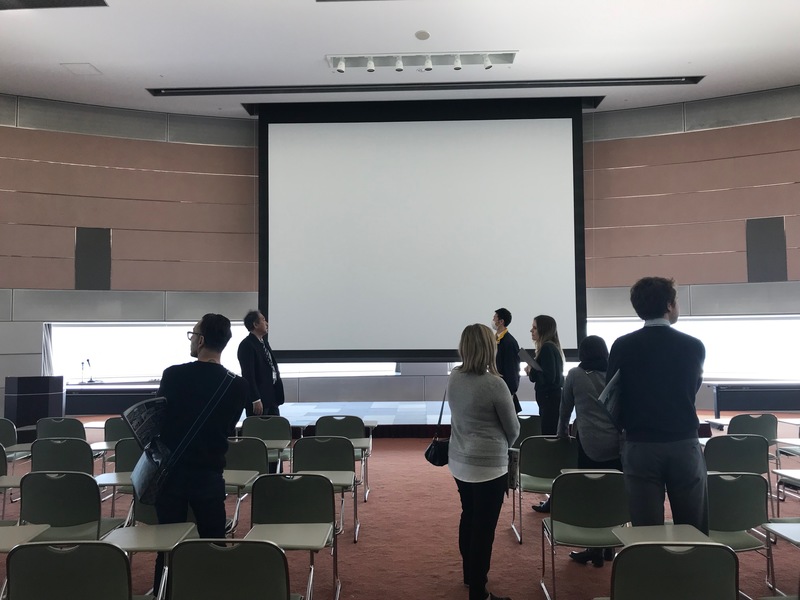
Add new comment